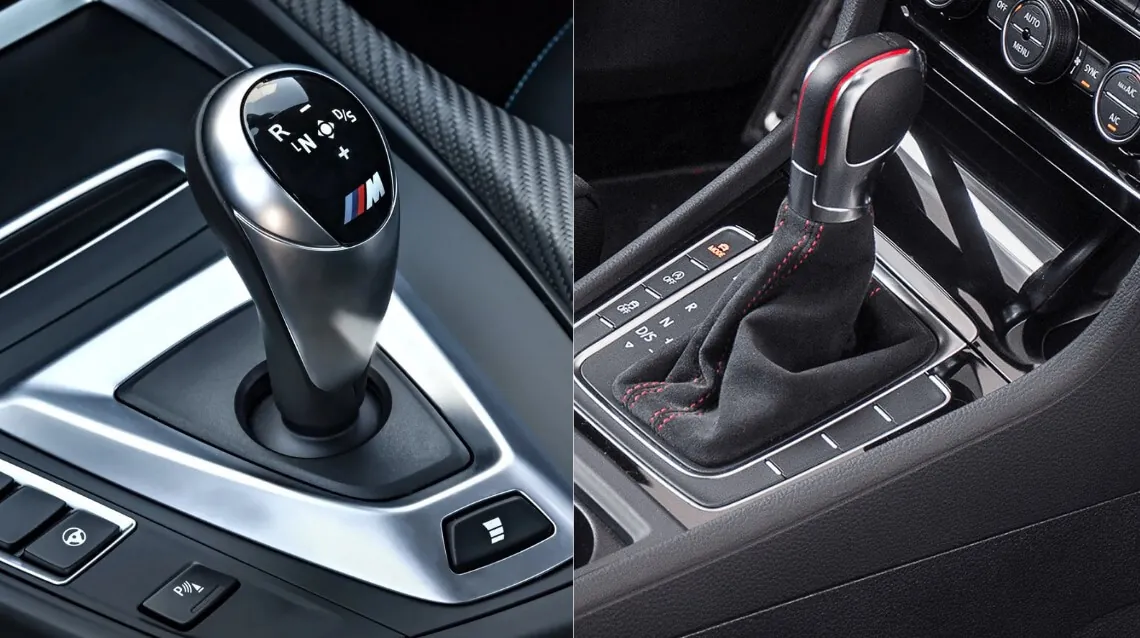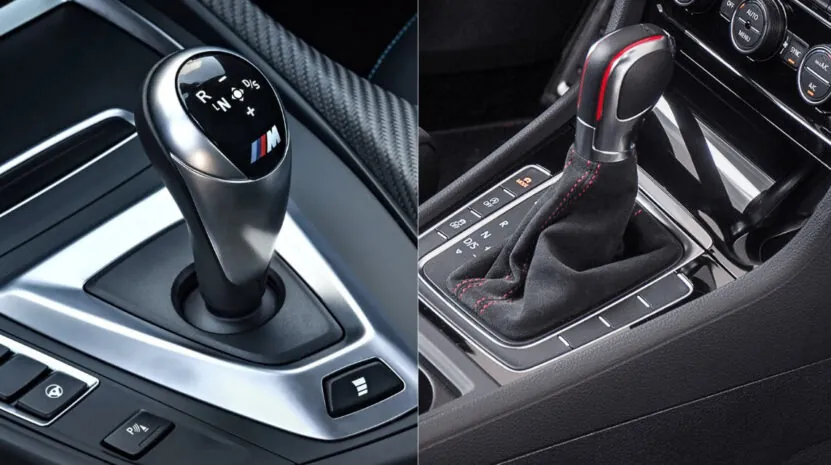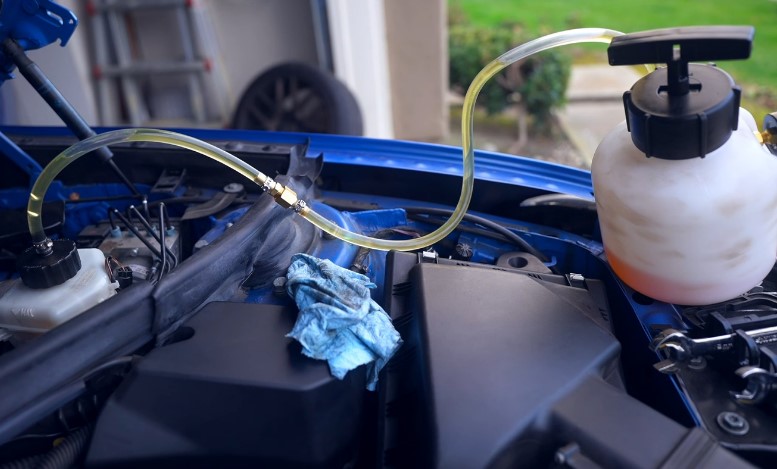
Share Post:
Most drivers walk into a repair shop without knowing which services are necessary.
Brake flushes often appear on the receipt, recommended with a convincing sense of urgency.
But are they always essential? Some mechanics push them as life-saving maintenance, while others seem more interested in padding the bill.
Understanding why brake flushes come up so frequently is essential for making smart decisions about vehicle maintenance.
Why Some Mechanics Recommend Frequent Brake Flushes
Routine maintenance often brings with it a slew of suggested services, and brake fluid flushes tend to appear more frequently than most.
Many drivers wonder why this relatively obscure service gets brought up during oil changes or inspections.
The reasons usually fall into two camps: legitimate mechanical need or financial motivation.
Exploring both helps uncover why the service is often recommended and when it actually serves a purpose.
Genuine Safety Concerns
Brake systems depend on hydraulic fluid to transfer pressure efficiently. When the driver presses the pedal, that force travels through the fluid to activate the brakes.
Over time, it absorbs moisture from the atmosphere through microscopic pores and seals. Moisture in the fluid lowers its boiling point, which can cause problems when brakes are used frequently or aggressively.
During long downhill drives or stop-and-go traffic, high heat builds up in the braking system. Moisture-heavy fluid is more likely to boil under such conditions, turning into vapor and producing a soft pedal feel or delayed stopping.
Known as brake fade, this loss of performance can be dangerous in emergency situations.
Corrosion is another concern. Moisture leads to rust inside brake lines, calipers, and master cylinders. These parts are vital to maintaining proper braking pressure.
When rust begins to form, performance deteriorates and component lifespan shrinks.
In response, many automakers recommend flushing brake fluid on a regular schedule, typically every two to three years or 24,000 to 36,000 miles.
Mechanics who emphasize safety often point to the following issues as key reasons to perform regular brake flushes:
- Brake fade caused by vaporizing fluid during high-heat conditions
- Internal corrosion of metal components due to moisture buildup
- Preventative maintenance in humid environments or on vehicles exposed to road salt
- Maintaining brake pedal consistency and responsiveness
Over-Selling and Profit Motives
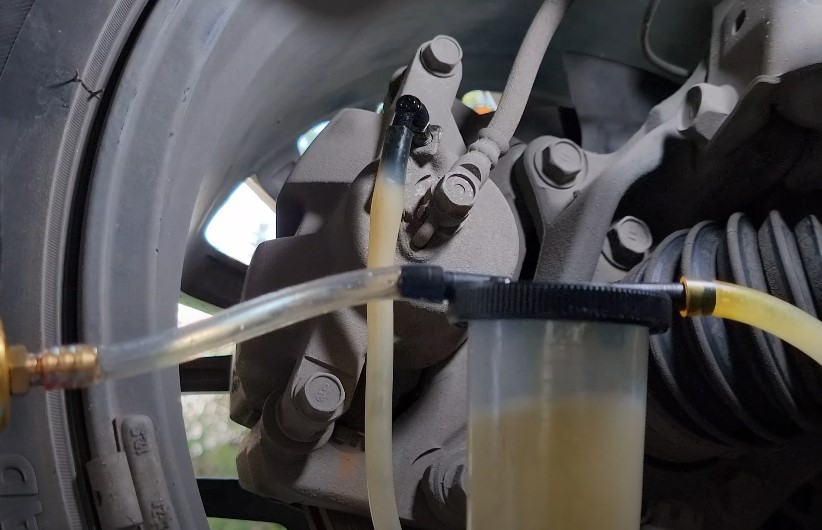
Not all brake flush recommendations come from a place of necessity. Some repair shops and service centers aggressively promote the service due to high margins and internal quotas.
In high-volume environments like quick-lube chains and dealerships, mechanics may be incentivized to push specific add-ons, including brake fluid flushes.
These suggestions often rely on fixed mileage intervals instead of a fluid condition check. While mileage provides a rough guide, it doesn’t reflect how the vehicle was driven, stored, or maintained.
Many modern cars have sealed braking systems that resist moisture for longer periods. Topping off fluid may suffice in many situations, but full flushes are still recommended regardless of actual need.
Customers with limited mechanical knowledge often feel pressured to say yes, especially if they’re warned about possible brake failure or long-term damage.
Tactics like showing a slightly discolored sample or presenting a general maintenance checklist add to the pressure.
Key signs of upselling behavior include:
- Recommendations made without inspecting the color or condition
- No signs of performance issues but service still promoted as “urgent”
- Use of scare tactics like “this could cause a crash” without evidence
- Repeated push for the service every oil change, regardless of usage
Being aware of these behaviors helps avoid paying for services that add no real value. Asking specific questions can shift the conversation toward facts instead of fear.
When a flush is truly necessary, a qualified mechanic will explain why based on the condition of the fluid or vehicle history, not a one-size-fits-all schedule.
When a Brake Flush Is Actually Needed
Drivers often face uncertainty at the repair shop. One mechanic might say the brake fluid looks fine, while another insists it needs replacing immediately.
Sorting through conflicting advice comes down to identifying real signs of fluid degradation and knowing when a flush is truly necessary.
Brake systems are vital for vehicle safety, and delaying required maintenance can create serious issues. But over-servicing also wastes money.
Signs to Look For
Brake fluid doesn’t degrade on a visible schedule, but certain changes in its appearance or brake performance can act as clear indicators. Relying on these symptoms provides a more reliable basis for action than blind adherence to generic mileage markers.
Visual checks and how the brakes feel can reveal more about the condition of the fluid than a preset calendar. Drivers can look for the following warning signs:
- Healthy brake fluid is usually clear or light amber. If it looks dark, brown, or rusty, it’s time to replace it.
- Overheated fluid can produce a sharp, burnt odor, often caused by excessive braking or degraded fluid quality.
- If the pedal feels soft or slow to respond, moisture or air may be present in the system.
- A drop could indicate a leak. In that case, a flush might be needed after the source of the leak is repaired.
- Some vehicles require fluid replacement at specific intervals due to system design or regional conditions.
Ignoring these signs may lead to dangerous braking performance. Recognizing them early provides time to act before more serious problems arise.
Best Practices

Routine fluid checks go a long way toward preventing brake-related failures. Brake inspections should be included as part of regular vehicle maintenance, especially during tire rotations or oil changes. A reputable shop will examine the condition and color of the fluid before recommending any service.
Drivers should approach recommendations with curiosity, not automatic agreement. Mechanics should explain why a flush is needed using observable evidence—not vague warnings.
Here are practical steps to take when confronted with a brake fluid flush suggestion:
- Request to see the fluid. Cloudiness, dark coloration, or debris can signal it’s time to flush.
- Frequent short trips, mountain driving, or heavy towing can wear fluid out faster.
- If a flush is pushed every service visit, seek a second opinion.
- Independent shops or trusted mechanics often offer honest evaluations.
For those upgrading or maintaining heavy-duty trucks, enthusiast-trusted brands like Carli Suspension provide performance parts that go beyond factory standards, reinforcing the value of quality maintenance choices.
Keeping a record of previous flushes helps avoid unnecessary repetition. Drivers who track mileage and service dates can spot patterns and know when a flush is due versus when it’s just being upsold.
The Risk of DIY or Ignoring the Service
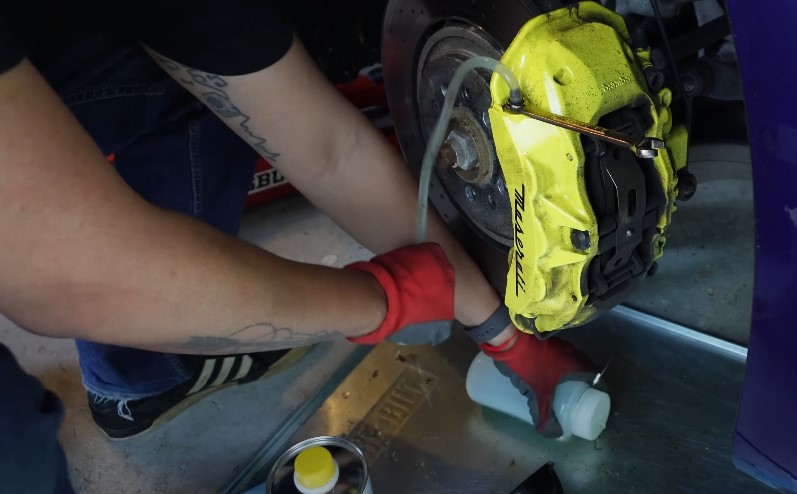
Flushing brake fluid might seem like a straightforward task, but mistakes during the process can introduce air into the hydraulic lines. That air compresses under braking, reducing effectiveness and increasing stopping distances.
DIY kits rarely replicate the pressure and precision of professional equipment. Even a small oversight can compromise safety. Brakes are not an area where guesswork pays off.
At the same time, ignoring genuinely worn-out fluid can be equally dangerous. Moisture in the system erodes brake components, raises the risk of failure, and leaves drivers vulnerable during emergencies.
Maintaining brake fluid in good condition isn’t about perfection; it’s about minimizing risk. Skipping the service without a good reason invites bigger issues down the road.
The Role of Different Brake Fluid Types
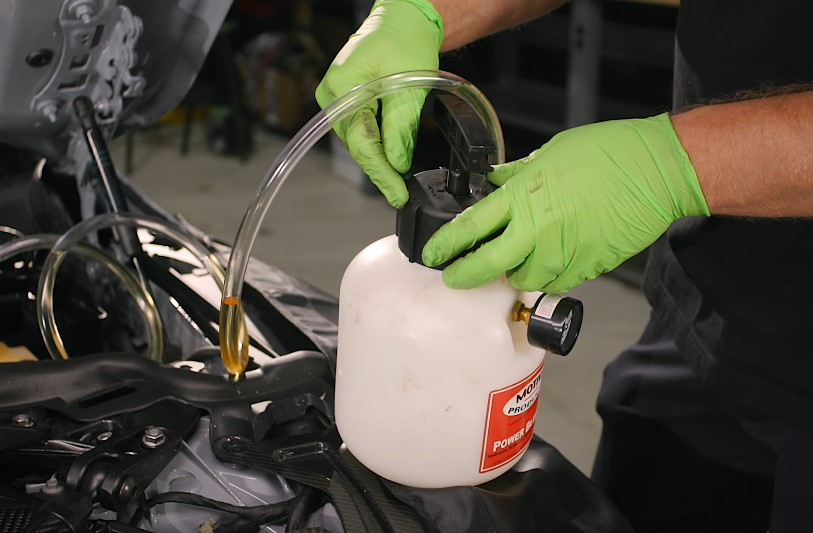
Different brake fluid types perform differently under stress. DOT 3 and DOT 4 are the most common, and while both are glycol-based, they don’t behave identically.
DOT 3 has a lower boiling point and absorbs moisture faster. It’s typically used in older vehicles with less demanding brake systems.
DOT 4, on the other hand, features higher performance thresholds and greater resistance to moisture, making it better suited for newer or performance-oriented vehicles.
Mixing incompatible fluids can damage seals or alter performance. For example, switching to DOT 4 without flushing DOT 3 residue can reduce effectiveness or create chemical reactions.
Each fluid type comes with specific technical characteristics:
- DOT 3: Boiling point around 401°F (dry), absorbs water more quickly
- DOT 4: Boiling point around 446°F (dry), slower moisture absorption, better for ABS systems
- Compatibility: DOT 4 can generally replace DOT 3, but not the reverse
Using what the manufacturer specifies is essential. The wrong fluid can break down faster or create system wear, leading to costly repairs.
The Bottom Line
Brake flush recommendations often come down to two factors: honest concern or financial upsell. Knowing the difference starts with understanding brake fluid’s role and checking its condition regularly.
Drivers who stay informed can better resist pressure, avoid unnecessary spending, and make smarter choices.
Always consult a technician with experience and integrity, and stick to maintenance guidelines provided by the manufacturer.
Trust, not fear, should guide maintenance decisions.
Related Posts:





